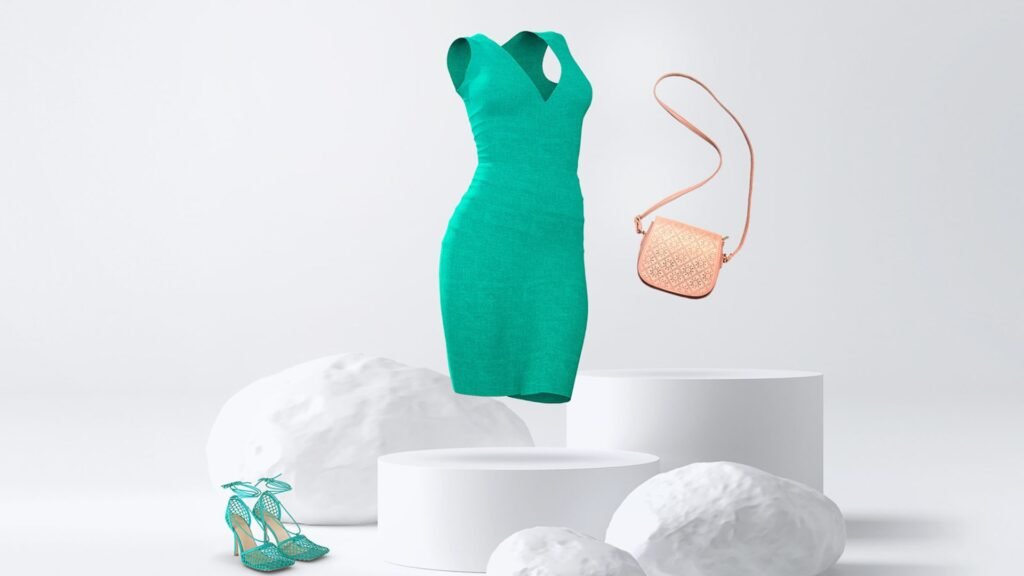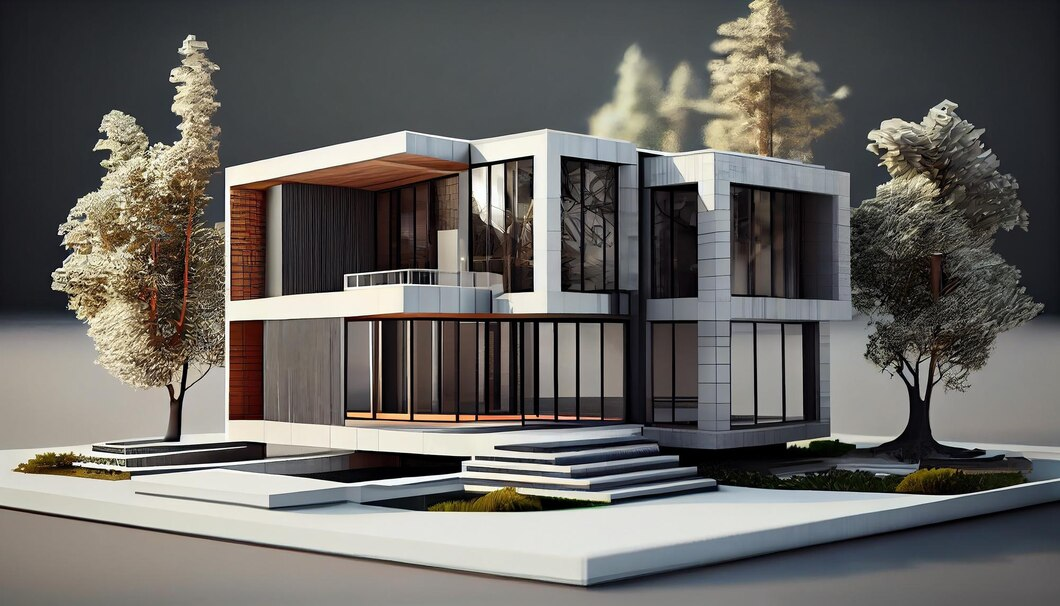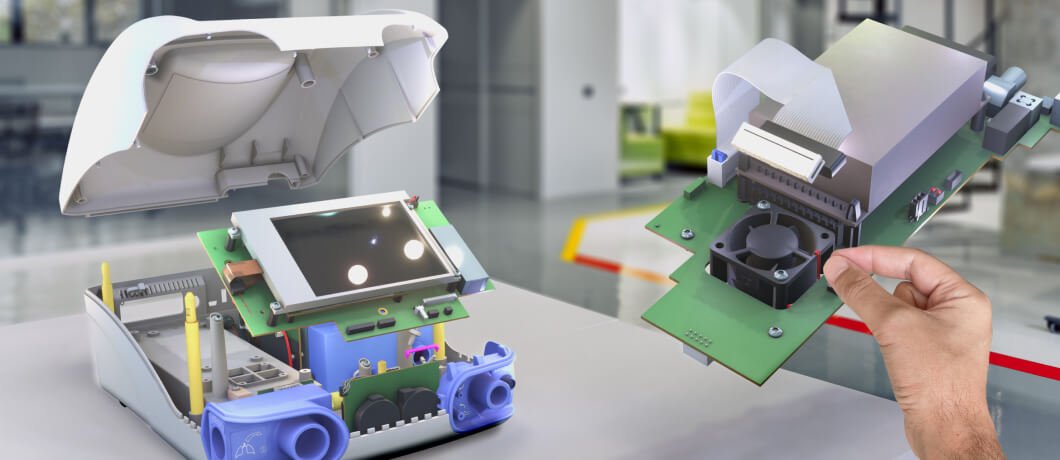The fashion industry is undergoing a transformative shift, largely driven by advancements in 3D modeling technology. Once limited to fields like architecture and gaming, 3D modeling is now an integral tool in fashion design, providing innovative solutions for everything from design creation to production, sustainability, and consumer experience. This article explores the profound impact of 3D modeling on the fashion industry and how it’s reshaping how clothing is designed, manufactured, and marketed.

Revolutionizing the Design Process
Traditionally, fashion designers would sketch their ideas, create patterns, and physically sew prototypes to see how the designs would translate into finished garments. 3D modeling has eliminated much of the guesswork and allowed designers to visualize their concepts in a digital environment before creating physical samples.
Key Benefits:
- Faster Prototyping: Designers can create digital prototypes of clothing and accessories, reducing the time spent on manual labor.
- Detailed Visualization: 3D models provide designers with an accurate, high-resolution visualization of how a garment will look, both in terms of fit and design.
- Real-Time Adjustments: Changes can be made instantly to the model, allowing for a more dynamic design process and quicker iterations.
3D modeling software, like Clo3D and Browzwear, allows designers to simulate fabrics, textures, and garment behavior, ensuring that the final product will match their vision.
Enhancing Fit and Customization
One of the most significant challenges in fashion is ensuring a proper fit. Ill-fitting garments are a common issue, leading to high return rates and dissatisfied customers. 3D modeling enables designers to create garments that fit more accurately by simulating how fabrics will stretch, drape, and move with the body.
Key Benefits:
- Personalized Fit: 3D modeling allows designers to create clothing tailored to specific body types. Virtual fitting rooms are also emerging, where consumers can try on clothes in a virtual space before purchasing.
- Reduced Size Issues: Accurate 3D simulations can prevent sizing errors, reducing the need for alterations and improving customer satisfaction.
- Custom Designs: Consumers are increasingly looking for personalized fashion. 3D modeling makes it easier for brands to offer bespoke or made-to-order clothing, designed to meet individual preferences.
This personalized approach to fashion is helping brands address the growing demand for inclusivity and body diversity in fashion design.
Promoting Sustainable Fashion
Sustainability is a growing concern within the fashion industry, which is notorious for its significant environmental impact. 3D modeling is playing a pivotal role in promoting sustainable practices by reducing waste, optimizing the use of materials, and minimizing the need for physical samples.
Key Benefits:
- Digital Sampling: Designers can create virtual prototypes instead of producing physical samples, reducing fabric waste and the environmental footprint of the design process.
- Material Optimization: 3D modeling helps designers optimize patterns and reduce material waste by simulating how different fabrics will behave, allowing them to use the minimum amount of material needed.
- Reduced Production Overruns: By finalizing designs digitally before production, brands can reduce overproduction and the need for excess inventory, a major contributor to fashion waste.
Using 3D technology to streamline the design and production process promotes a circular approach to fashion, where resources are used more efficiently and waste is minimized.
Improving the Supply Chain and Production
The traditional fashion supply chain is often slow and inefficient, with long lead times between design, production, and delivery. 3D modeling is helping to accelerate this process by allowing designers and manufacturers to work more collaboratively and efficiently.
Key Benefits:
- Faster Time to Market: By eliminating physical prototypes and allowing for quick adjustments to designs, 3D modeling shortens the time it takes to bring a collection from concept to production.
- Reduced Need for Samples: Traditional fashion production often requires numerous samples to perfect a design. 3D modeling helps reduce this, saving time and resources.
- On-Demand Production: With 3D modeling, clothing brands can move toward made-to-order or on-demand production, ensuring that only what is needed gets made, which reduces unsold inventory and waste.
As a result, the fashion supply chain becomes more responsive, reducing costs and environmental impact.
Conclusion
3D modeling is undeniably transforming the fashion industry, offering a multitude of benefits for designers, manufacturers, and consumers alike. From reducing waste and accelerating production to enhancing customization and sustainability, the power of 3D technology is evident in every step of the fashion design process. As the industry continues to embrace digital innovation, the future of fashion looks more sustainable, personalized, and efficient than ever before.




